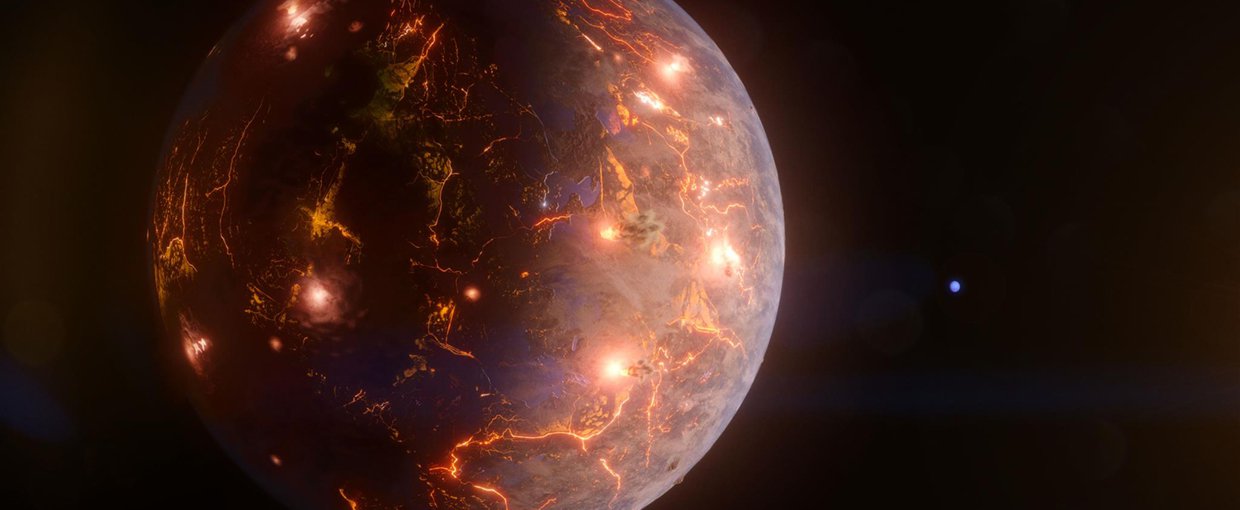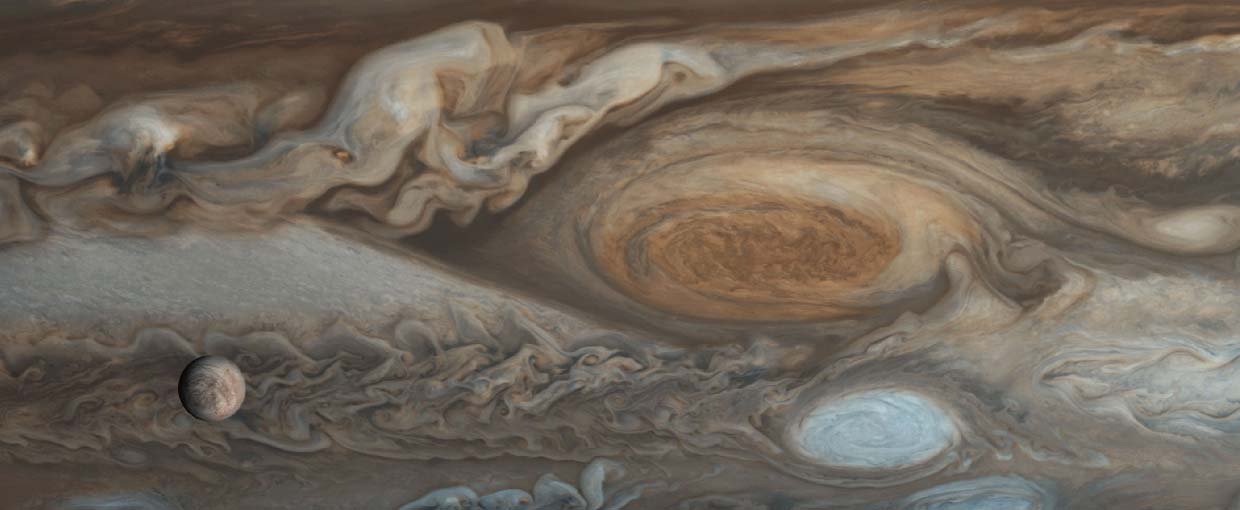Day, M. D., & Catling, D. C. (2019). Potential aeolian deposition of intra-crater layering: A case study of Henry crater, Mars. GSA Bulletin. doi:10.1130/b35230.1
Onstott, T. C., Ehlmann, B. L., Sapers, H., Coleman, M., Ivarsson, M., Marlow, J. J., … Niles, P. (2019). Paleo-Rock-Hosted Life on Earth and the Search on Mars: A Review and Strategy for Exploration. Astrobiology. doi:10.1089/ast.2018.1960
Schwieterman, E. W., Reinhard, C. T., Olson, S. L., Harman, C. E., & Lyons, T. W. (2019). A Limited Habitable Zone for Complex Life. The Astrophysical Journal, 878(1), 19. doi:10.3847/1538-4357/ab1d52
Caro, T. A., Wendeln, M., Freeland, M., Bryan, N., Waters, S. M., McIntyre, A., … Smith, D. J. (2019). Ultraviolet light measurements (280–400 nm) acquired from stratospheric balloon flight to assess influence on bioaerosols. Aerobiologia. doi:10.1007/s10453-019-09597-9
Nesvorný, D., Li, R., Youdin, A. N., Simon, J. B., & Grundy, W. M. (2019). Trans-Neptunian binaries as evidence for planetesimal formation by the streaming instability. Nature Astronomy. doi:10.1038/s41550-019-0806-z
Rodriguez, L. E., House, C. H., Smith, K. E., Roberts, M. R., & Callahan, M. P. (2019). Nitrogen heterocycles form peptide nucleic acid precursors in complex prebiotic mixtures. Scientific Reports, 9(1), None. doi:10.1038/s41598-019-45310-z
Horning, D. P., Bala, S., Chaput, J. C., & Joyce, G. F. (2019). RNA-Catalyzed Polymerization of Deoxyribose, Threose, and Arabinose Nucleic Acids. ACS Synthetic Biology, 8(5), 955–961. doi:10.1021/acssynbio.9b00044
Konhauser, K. O., Hao, W., Li, Y., Gunten, K., Bishop, B. A., Alessi, D. S., … Gingras, M. K. (2019). Diopatra cuprea worm burrow parchment: a cautionary tale of infaunal surface reactivity. Lethaia. doi:10.1111/let.12335
Kang, W. (2019). Wetter Stratospheres on High-obliquity Planets. The Astrophysical Journal, 877(1), L6. doi:10.3847/2041-8213/ab1f79
Mitchell, A. C., Espinosa-Ortiz, E. J., Parks, S. L., Phillips, A. J., Cunningham, A. B., & Gerlach, R. (2019). Kinetics of calcite precipitation by ureolytic bacteria under aerobic and anaerobic conditions. Biogeosciences, 16(10), 2147–2161. doi:10.5194/bg-16-2147-2019



